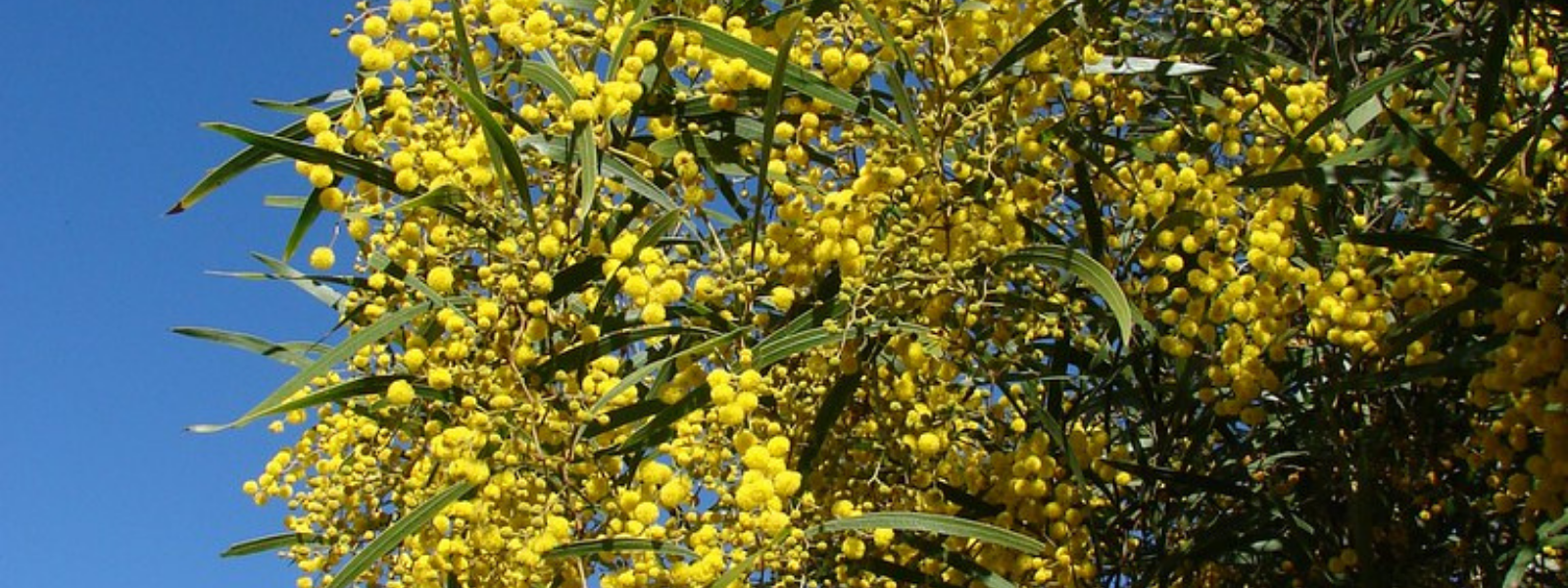
Common Name
Zigzag wattle, Zigzag Myall or Zigzag Wattle Myall
Scientific Name
Acacia macradenia
Family
Fabaceae
Lifecycle
Perennial
Seasons of Growth
Year-round
Key Distinguishing Feature
Small tree with zigzagging branchlets and yellow flowers
Growth Form: Zigzag Wattle is a low-branching shrub that can reach heights of 1 to 4 meters (3 to 13 feet). It has a zigzag or contorted growth pattern, with irregularly spaced branches.
Leaves: The leaves are bipinnate, meaning they are divided into multiple pairs of leaflets. Each leaflet is small, linear to oblong in shape, and typically green to grey-green.
Flowers: The flowers of Zigzag Wattle are typically yellow and arranged in spherical or cylindrical clusters.
Fruit: After flowering, the plant produces small, elongated seed pods.
Bark: The bark of Zigzag Wattle is often rough and furrowed.
Ecological Impact:
- The Zigzag Wattle (Acacia macradenia), also known as the Zigzag Wattle, is a native Australian plant that can become invasive in certain situations. Effective control methods for Zigzag Wattle typically involve a combination of mechanical, and chemical approaches.
Control Methods:
- Cutting and Removal: For smaller infestations, cutting the Zigzag Wattle plants close to the ground and removing the cut material can be effective. Ensure that you remove the entire plant, including the root system.
- Tree Puller or Winching: In cases where Zigzag Wattles have established deep root systems, a tree puller or winching equipment can be used to physically remove the plants.
- Herbicides: In cases of larger or persistent infestations, herbicides may be used. Selective herbicides designed for woody plant control should be applied following the manufacturer's instructions and safety guidelines. Herbicide use should be conducted with care to minimize damage to non-target plants.
- Implement an integrated approach that combines multiple control methods to maximise effectiveness and minimise the risk of herbicide resistance.
- The effectiveness of control methods may vary depending on the specific conditions and the extent of the Zigzag Wattle infestation. It is important to consult with local agricultural extension services, weed management experts, or environmental agencies for guidance and recommendations tailored to your specific location and objectives.




